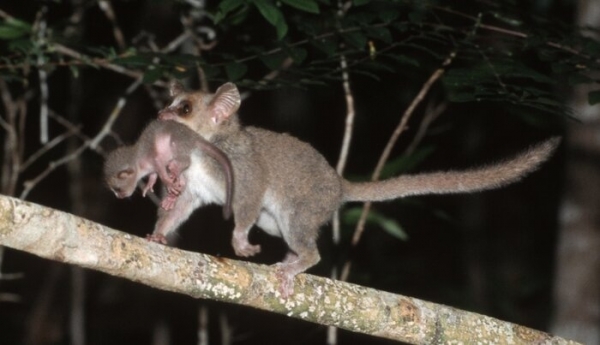They are small, have a high reproductive output and live in the forests of Madagascar. During the 5-month rainy season, offspring are born and a fat pad is created to survive the cool dry season when food is scarce. But what happens when the rainy season becomes drier and the dry season warmer? Can mouse lemurs adapt to climate change thanks to their high reproductive output? Researchers from the German Primate Center – Leibniz Institute for Primate Research, together with colleagues from the University of Zurich, have analyzed long-term data from Madagascar and found that climate change is destabilizing mouse lemur populations and increasing their risk of extinction. The fact that climate change is leading to greater fluctuations in population density and thus increases extinction risk in a fast-paced, ecological generalist is an alarming warning signal for potential biodiversity losses in the tropics (PNAS).
Effects of climate change have mostly been studied in large, long-lived species with low reproductive output. Small mammals with high reproductive rates can usually adapt well to changing environmental conditions, so they have been little studied in the context of climate change. Claudia Fichtel and Peter Kappeler from the German Primate Center – Leibniz Institute for Primate Research (DPZ) have been researching lemurs on Madagascar for many years and have thus built up a unique data set to fill this knowledge gap.
Read more at Deutsches Primatenzentrum (DPZ)/German Primate Center
Image: A female grey mouse lemur (Microcebus murinus) carrying an infant. (Credit: Manfred Eberle)


